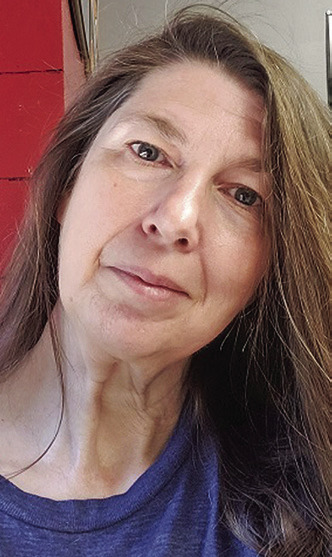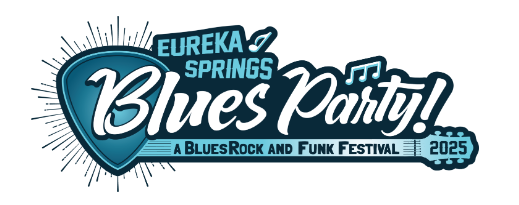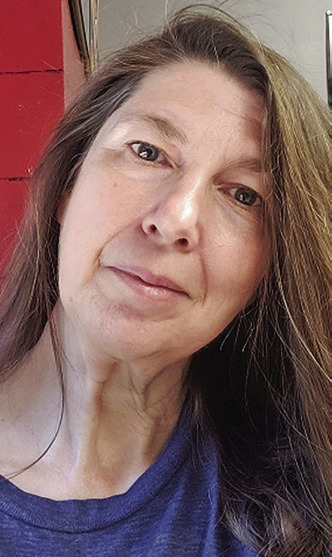Gays on Broadway” By Ethan Mordden
c.2023, Oxford University Press, $29.95, 233 pages
You had to look around you and check your seat. Yep, you were still in a theater in a large building, fanny planted in a dusty red seat. You weren’t in a Brooklyn tenement or a castle, or at a society party but the performance you caught made you think you were, at least for a couple hours. As they say, and as in the new book, “Gays on Broadway” by Ethan Mordden, the play’s the thing.
Perhaps not surprisingly, the LGBTQ history of the Great White Way “starts with drag queens.” In the earliest parts of the 20th century, many comedies were written “specifically calling for a male character forced… to disguise himself as a woman,” often to the delight of audiences. Still, any overt mention of such things was forbidden then.
By the 1930s, Mordden says, “our tour mostly starts now.” Not only were audiences treated to titillating hints of gayness that were barely concealed, but the “odd gay character” often showed up in plays on purpose. And yet, behind the scenes, few gay or lesbian actors dared to come out; many of them, instead, entered “lavender marriages.”
In 1942, New York’s “Wales Law,” a sort of Hays Code for Broadway, shut down a “salute to vaudeville,” putting all of Broadway on notice. Even so, “gay characters did turn up in a few postwar titles.” This was, after all, a time when Tennessee Williams’ hand was all over theater — especially with what Mordden calls his “Beautiful Male” character: shirtless, buff and highly memorable for gay audiences.
In the 1950s, Williams’ influence was joined by some “honestly gay characters” onstage,and by the talents of Tallulah Bankhead, who “maintained a strong association with camp humor.” By the 1960s, “gay characters were everywhere on Broadway,” the word “gay” was acceptable, and the adventurous theatergoer could find nudity off-Broadway.
A decade later, though Broadway was “still partly stuck in stereotype mode,” says Mordden, “now it was the turn of gay people.”
You’ve seen your favorite play … how many times? You’ve followed a handful of actors from off-Broadway to on, and you’ve discovered some intriguing talent. And now you need “Gays on Broadway” to fill in the gaps of your knowledge and to see how it all began.
Starting more than a century ago — before movies were a thing and TV was invented — author Ethan Mordden acts as a sort of usher as he takes readers on a trip that goes both back- and on-stage. Mordden casually but constantly name-drops, and it’s good to see often-forgotten actors mentioned in a way that may spur you to learn more about actors and their long-ago plays. He also delightfully highlights the cleverness of actors and writers who winked at audiences when “gay” was a bad word.
Almost as much fun as collecting playbills, almost as good as a seat behind the orchestra, this is one of those books that theater-goers will want to take to the show to read during intermission. Get “Gays on Broadway” and take a seat.



